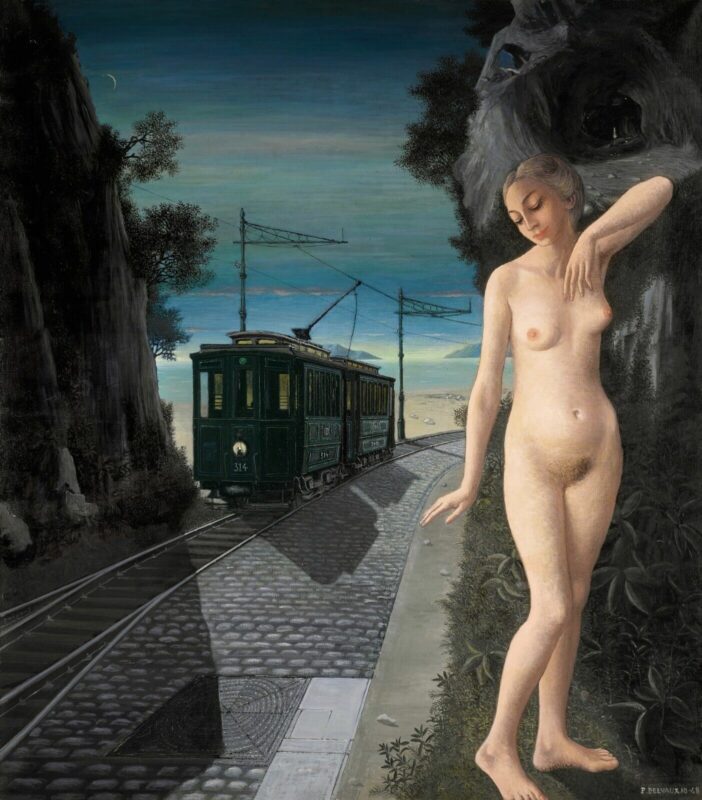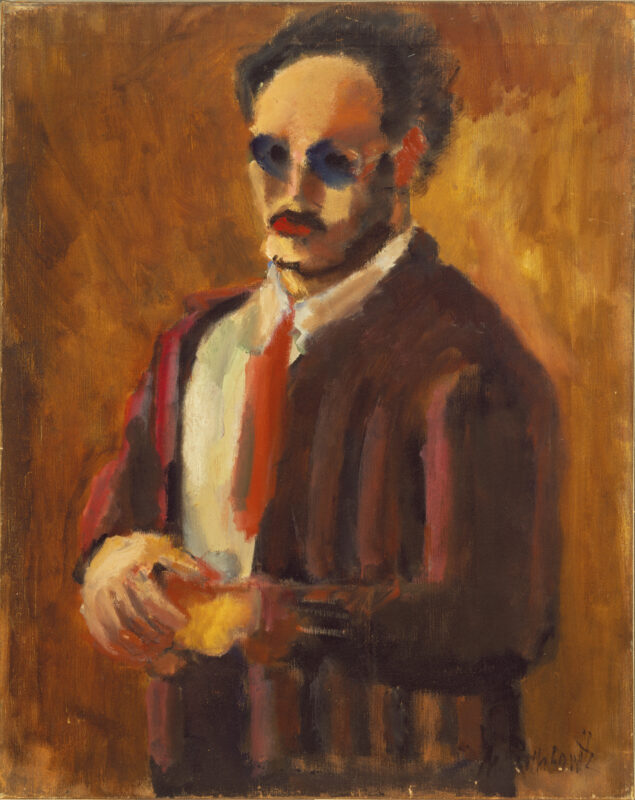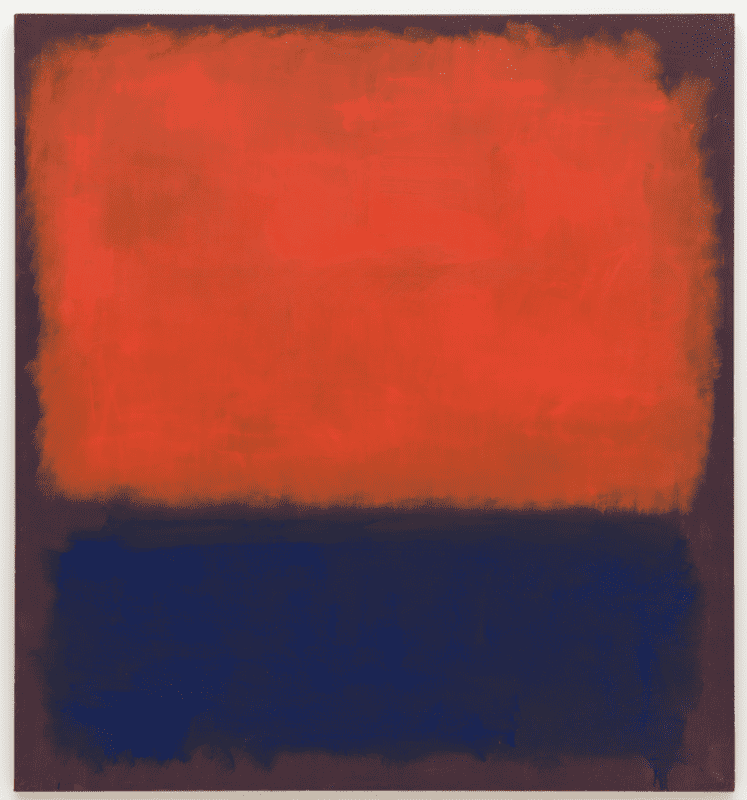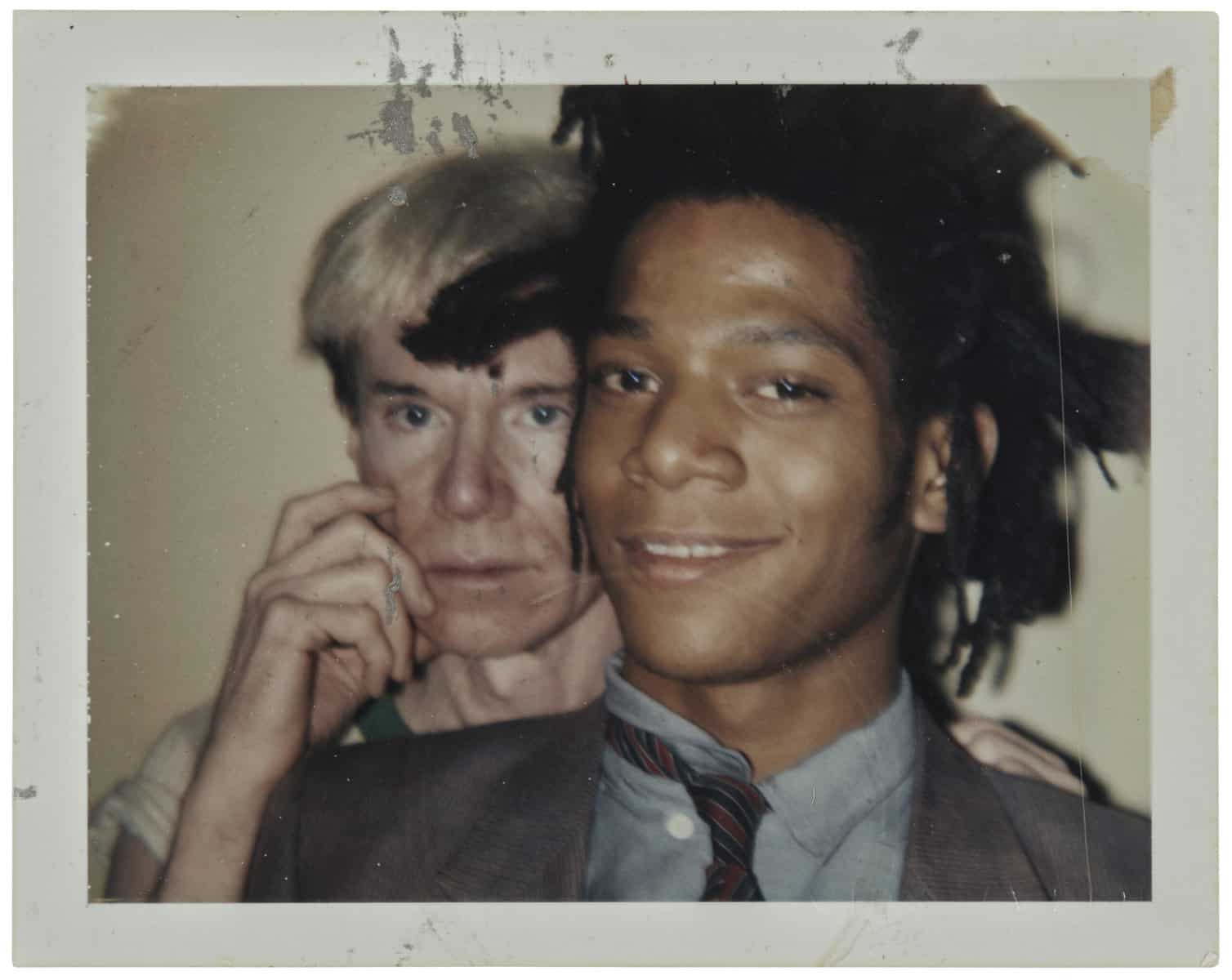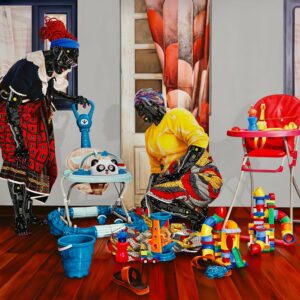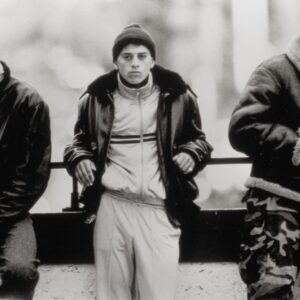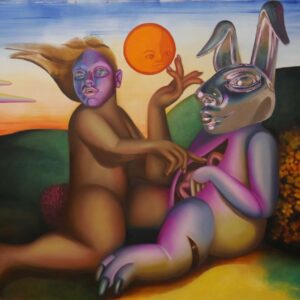Fondation Louis Vuitton to present “Pop Forever, Tom Wesselmann & …”, an exhibition dedicated to Pop Art.
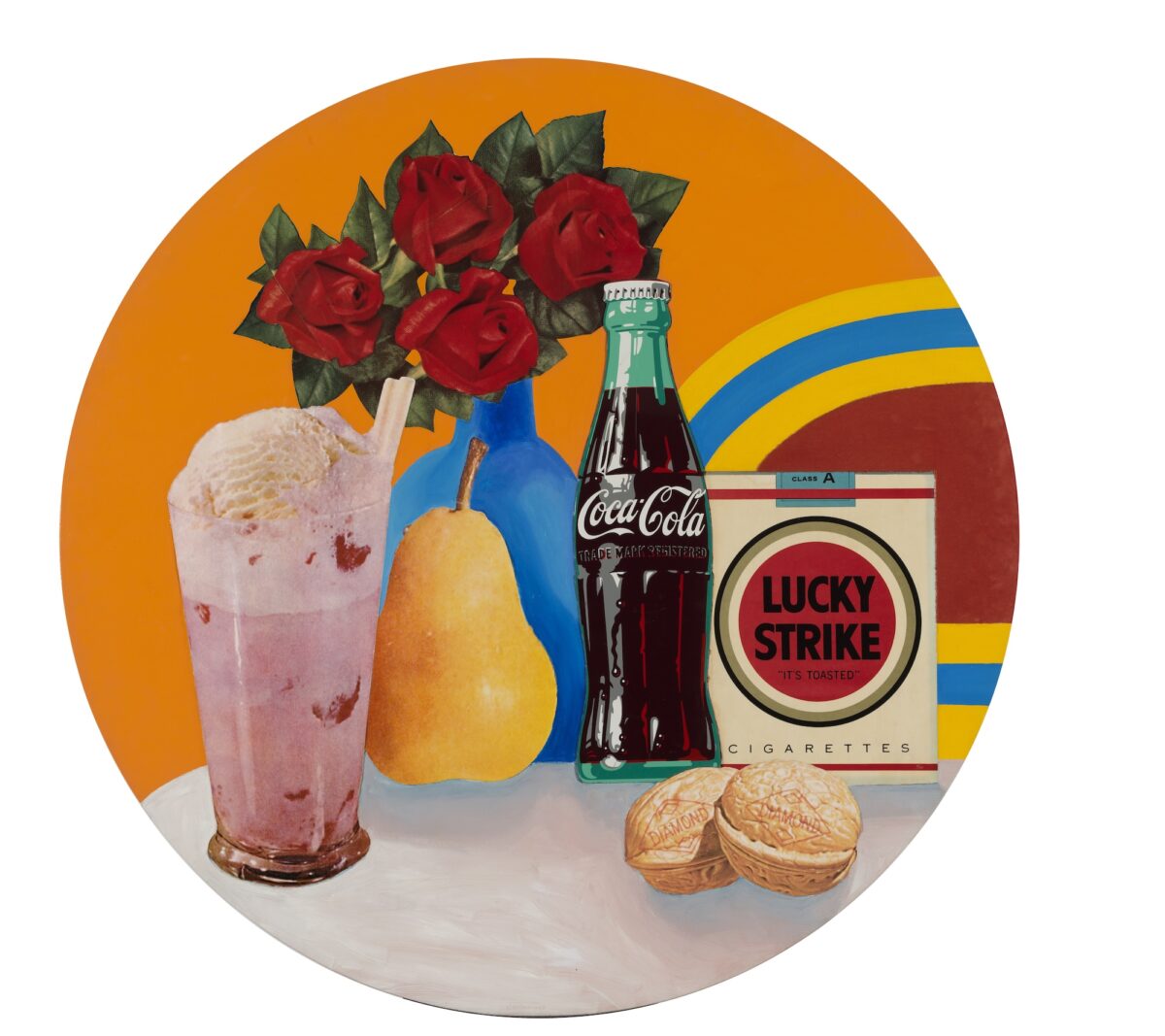
The exhibition will be centered around Tom Wesselmann (1931-2004) – one of the leading figures of the movement – through a selection of 150 paintings and works in various materials featuring 70 works by 35 artists of different generations and nationalities who share a common sensibility for “Pop” – from its Dadaist roots to its contemporary manifestations, and from the 1920s to the present day.
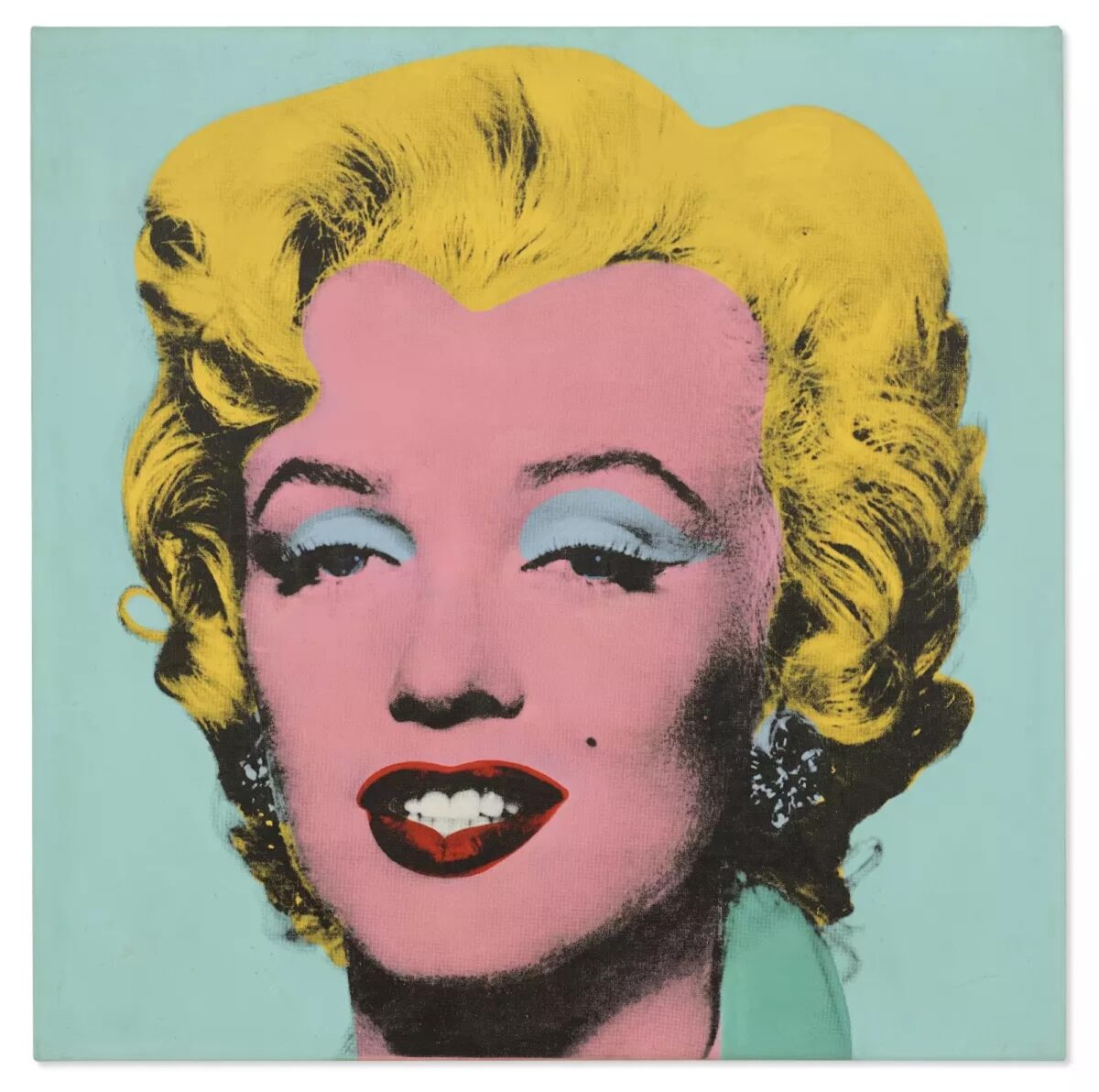
Private collection © The Andy Warhol Foundation for the Visual Arts, Inc. /Licensed by ADAGP, Paris 2024 Photo: ADAGP Images
In addition to works by Tom Wesselmann, the exhibition will include works by Derrick Adams, Ai Weiwei, Njideka Akunyili Crosby, Evelyne Axell, Thomas Bayrle, Frank Bowling, Marcel Duchamp, Rosalyn Drexler, Sylvie Fleury, Lauren Halsey, Richard Hamilton, David Hammons, Jann Haworth, Barkley L. Hendricks, Jasper Johns, KAWS, Kiki Kogelnik, Jeff Koons, Yayoi Kusama, Roy Lichtenstein, Marisol, Tomokazu Matsuyama, Claes Oldenburg, Meret Oppenheim, Eduardo Paolozzi, Robert Rauschenberg, Martial Raysse, James Rosenquist, Kurt Schwitters, Marjorie Strider, Do Ho Suh, Mickalene Thomas, Andy Warhol, Tadanori Yokoo…
According to the exhibition’s guest curators Dieter Buchhart and Anna Karina Hofbauer, more than just a retrospective, “Pop Forever, Tom Wesselmann &… will contextualize Tom Wesselmann’s work within art history, and offer fascinating perspectives on Pop Art, past, present and even future”.
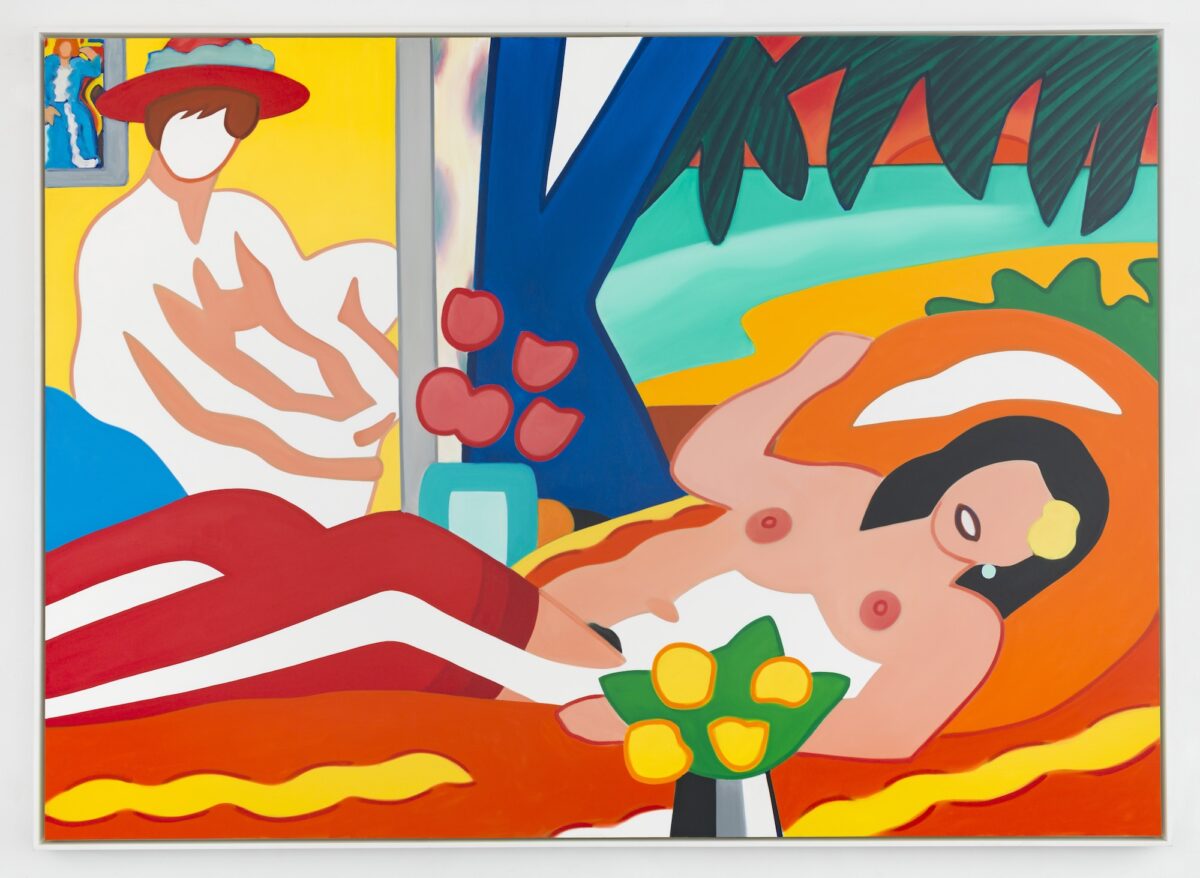
In the late 1950s, Pop Art surged on both sides of the Atlantic, in North America and Europe. Comic strips, advertising, cinema, celebrities, food processors and tabloids all became painting subjects. When they were not paintings in themselves, they were photographic images glued or mechanically reproduced onto the canvas. Pop Art celebrates, with a degree of ambiguity, the marriage of art and popular culture, of museums and galleries and the cultural industry. With no manifesto and no boundaries, Pop Art denominates an aesthetic that extends far beyond the artistic realm and prevails to this day. It is difficult to say when Pop Art begins, and certainly impossible to close the chapter on it.
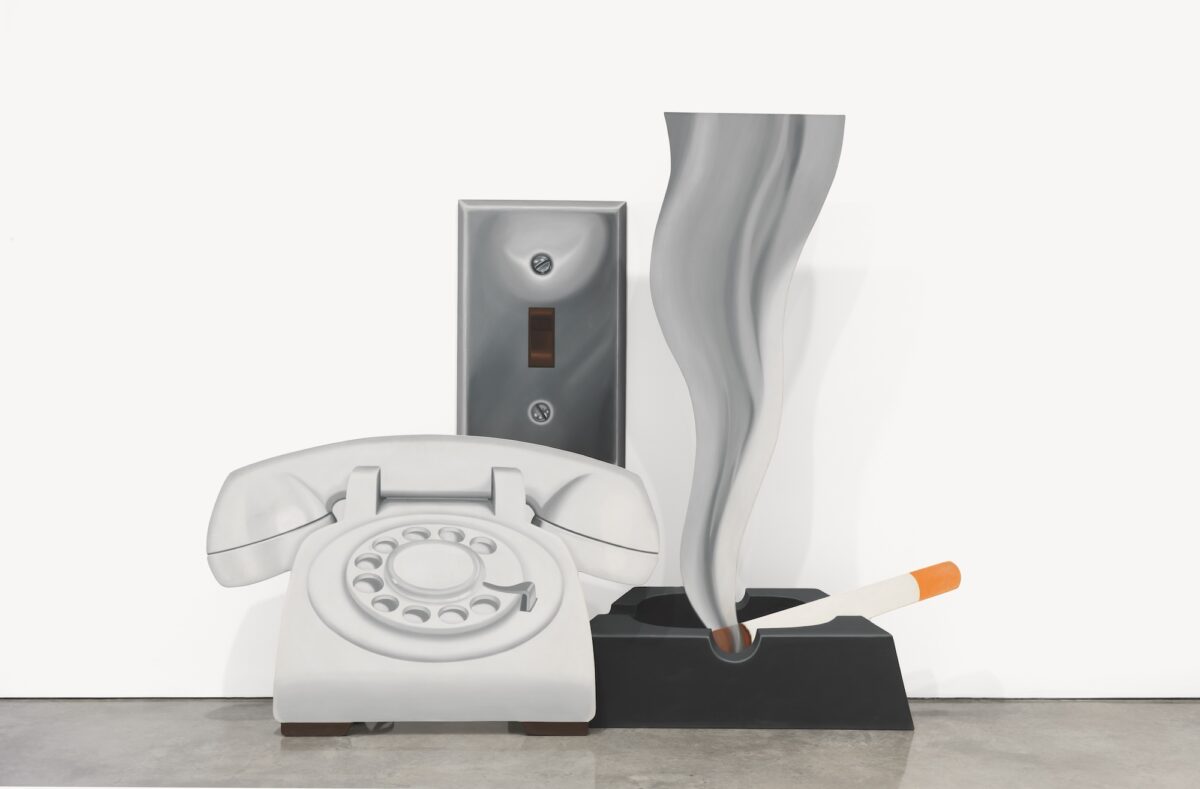
It is this premise of a timeless Pop Art, “Pop Forever,” that will be presented in a two-pronged exhibition which is simultaneously a retrospective and a thematic show.
Tom Wesselmann is immersed in the intellectual and aesthetic climate of the “Pop” era from which
his work emerged, and which continues to frame it to this day. Born in 1931, Tom Wesselmann began painting in the late 1950s. Though an admirer of the visual impact of American abstract painters, he embraced the iconographic vocabulary of his time, incorporating advertising, billboards, images, and objects in his work. He consciously pursued the classical genres of painting (still life, nude, landscape) while broadening the horizons of his art, both in terms of subject matter and technique. Halfway between painting and sculpture, his works also incorporate multimedia elements (light, movement, sound, video). As for his huge, spectacular Standing Still Lifes, at the crossroads between painting and installation, they introduce a format hitherto unseen.
With works ranging from Wesselmann’s first collages in 1959 to his large-scale embossed still lives, his landscapes – which lie on the fringes of abstraction – and his 2004 Sunset Nudes, the exhibition will span across all four floors of the Fondation’s building.
The exhibition, which will be chronologically linked to Wesselmann’s works and themes, will use the artist’s work as a starting point to develop a more general presentation of Pop Art. His Great American Nudes will be in dialogue with the American icons of his contemporaries (Evelyne Axell, Jasper Johns, Roy Lichtenstein, Marisol, Marjorie Strider, Andy Warhol). The Dadaist roots of Pop Art (Marcel Duchamp, Kurt Schwitters) will be the precursors to his large collages. As for his depictions of consumer goods, they will prefigure the representations of merchandise in the age of globalization by Jeff Koons or Ai Weiwei. Finally, his nudes and intimate domestic scenes will be mirrored by new works from a new generation, some of which (Derrick Adams, Tomokazu Matsuyama, Mickalene Thomas) have been created specifically for the exhibition.
The exhibition will extend 3,500 m2 over all four floors of the Fondation.
Popping with bright colours and standout shapes, it oscillates between monographic works by Tom
Wesselmann and comparisons with the works of artists that went before him, his contemporaries
and those who drew inspiration from him who joined the Pop Art movement after the 1960s.
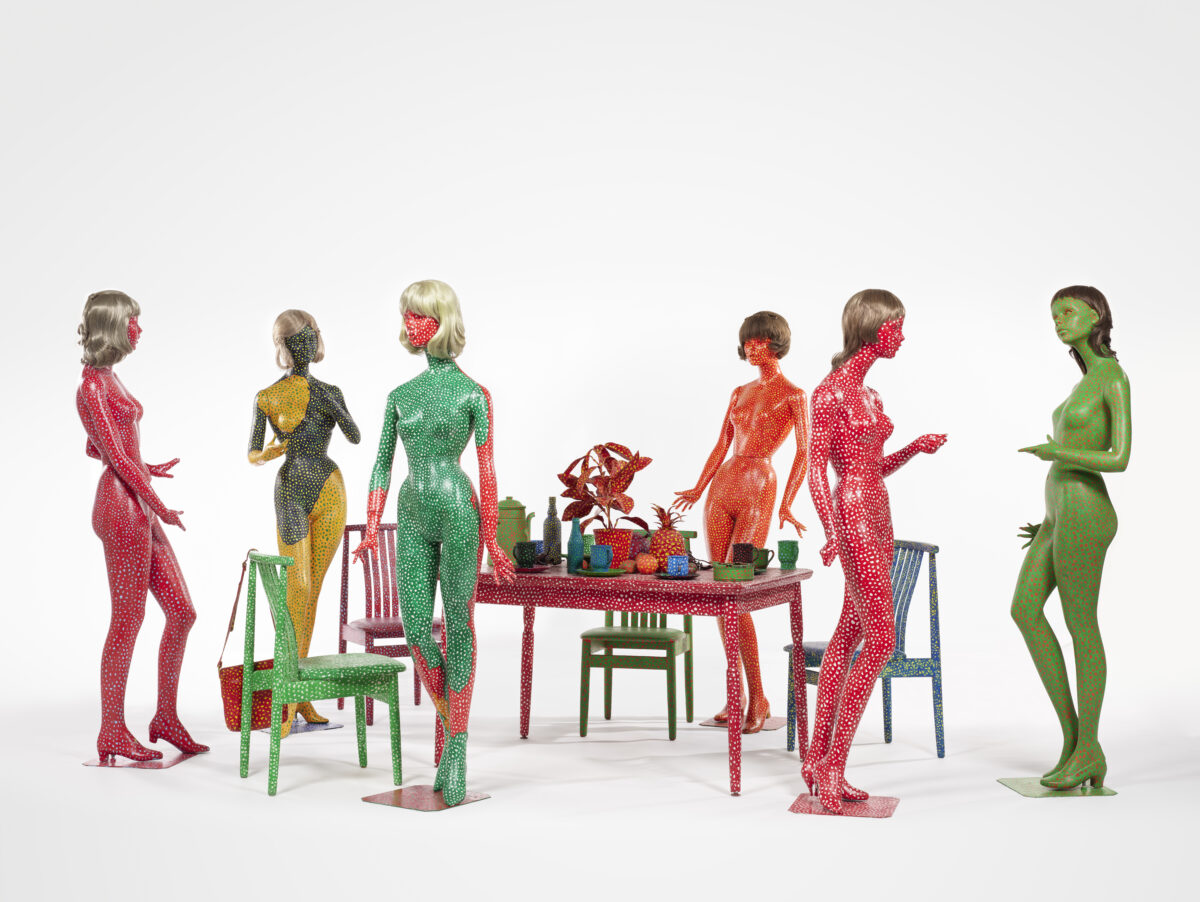
© 2024 Yayoi Kusama
In Gallery 1, the exhibition opens with a selection of works by Pop Art icons, including Tom
Wesselmann, Evelyne Axell, Jasper Johns, Kiki Kogelnik, Roy Lichtenstein, Marjorie Strider and
Andy Warhol, before presenting a more thematic exploration of the movement through interactions
between art and life (Yayoi Kusama, Marisol, Robert Rauschenberg).
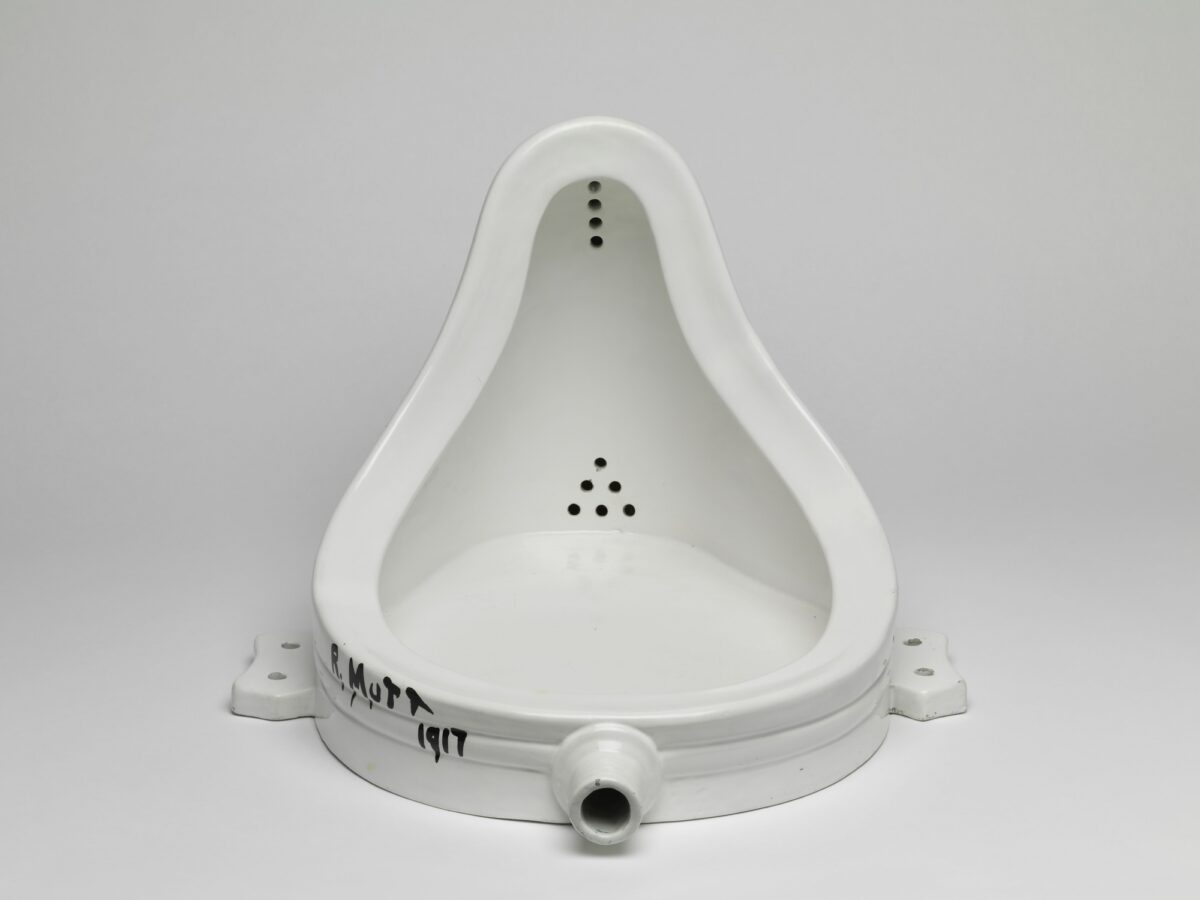
Then comes a retrospective of the Dadaist origins (Marcel Duchamp, Kurt Schwitters and even Meret Oppenheim) of Pop Art Gallery 2, recalling Wesselmann’s Still Lifes and his early collages, followed by gigantic three-dimensional assemblages.
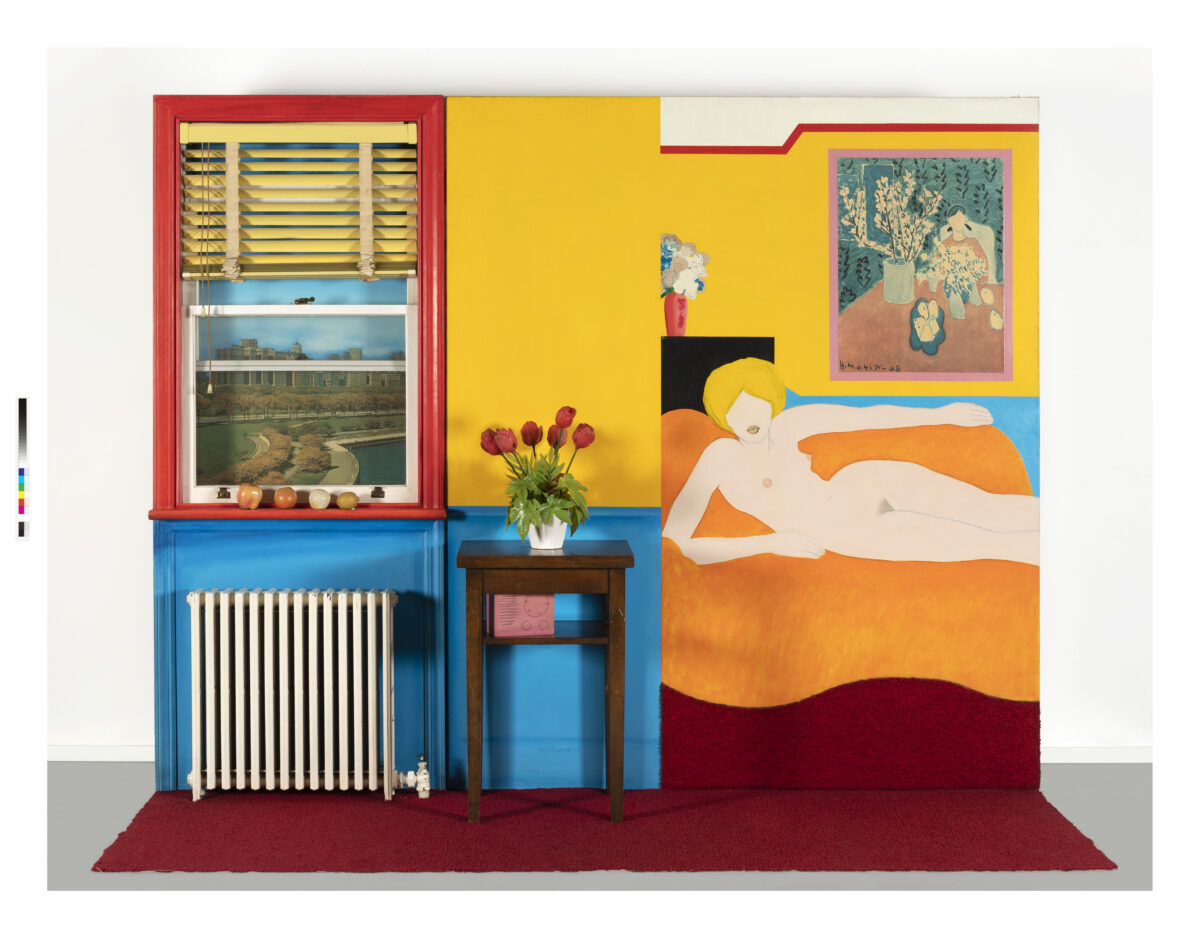
On the ground floor Gallery 4 are Wesselmann’s interiors (Great American Nude #54) with their
domestic overtones, and further on, the nudes by Derrick Adams (2024) follow the Great American
Nudes, Wesselmann’s best-known series that he began in 1961.
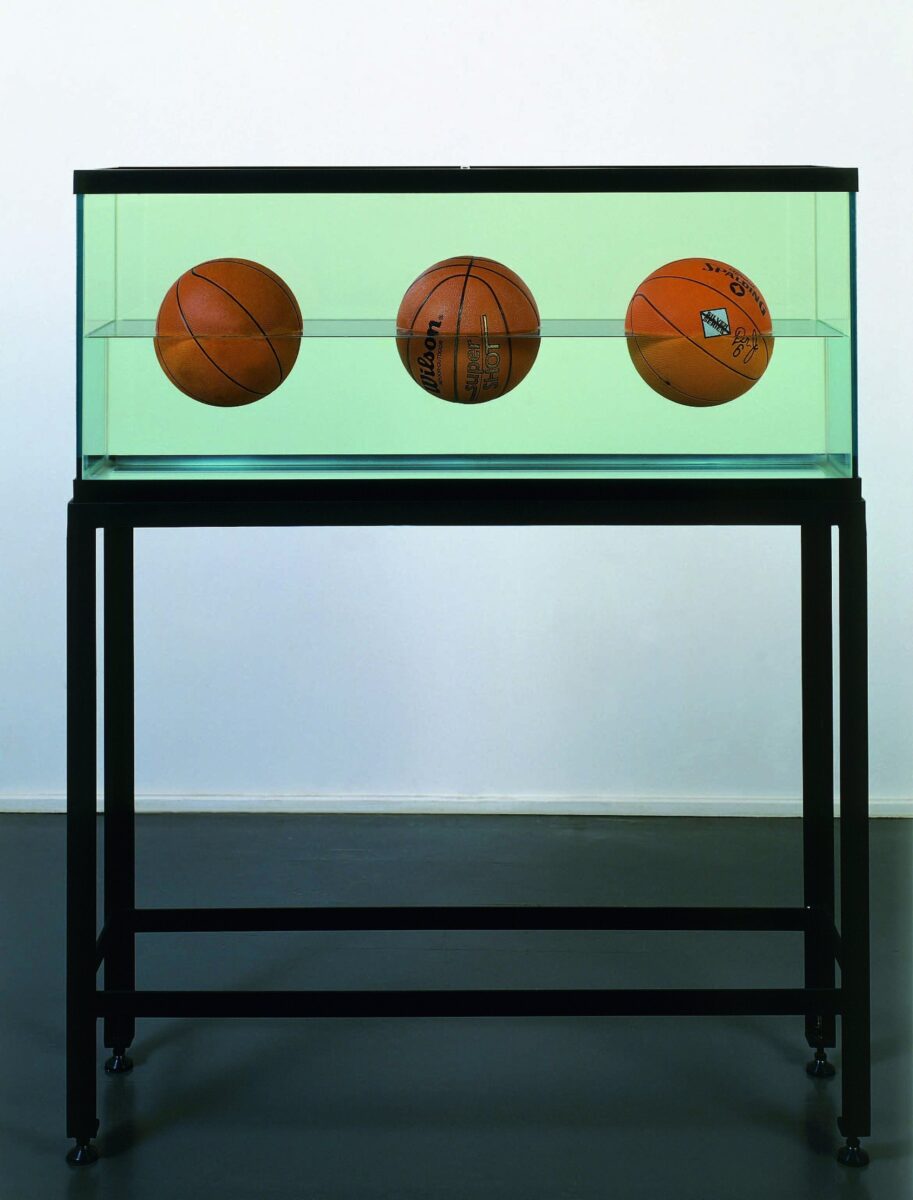
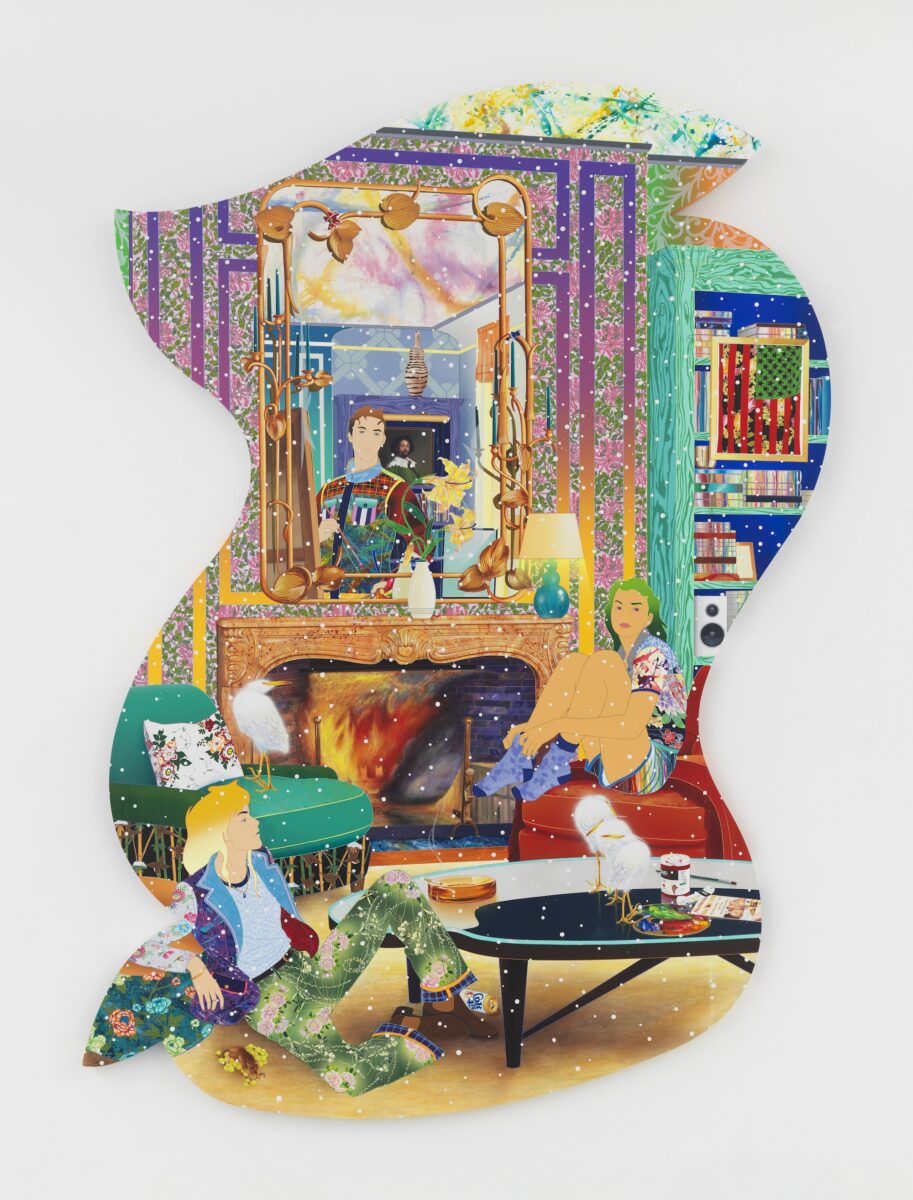
On the first floor Gallery 5, the exhibition brings together Wesselmann’s most experimental works,
shaped canvases cut into the contours of objects or negative shapes (Drop-out) before it celebrates the
contemporary and current vitality of Pop Art with pieces by Jeff Koons and Tomokazu Matsuyama.
In Gallery 7, a set of sketches selected in conjunction with the artist’s estate give valuable insight into
his creative process.
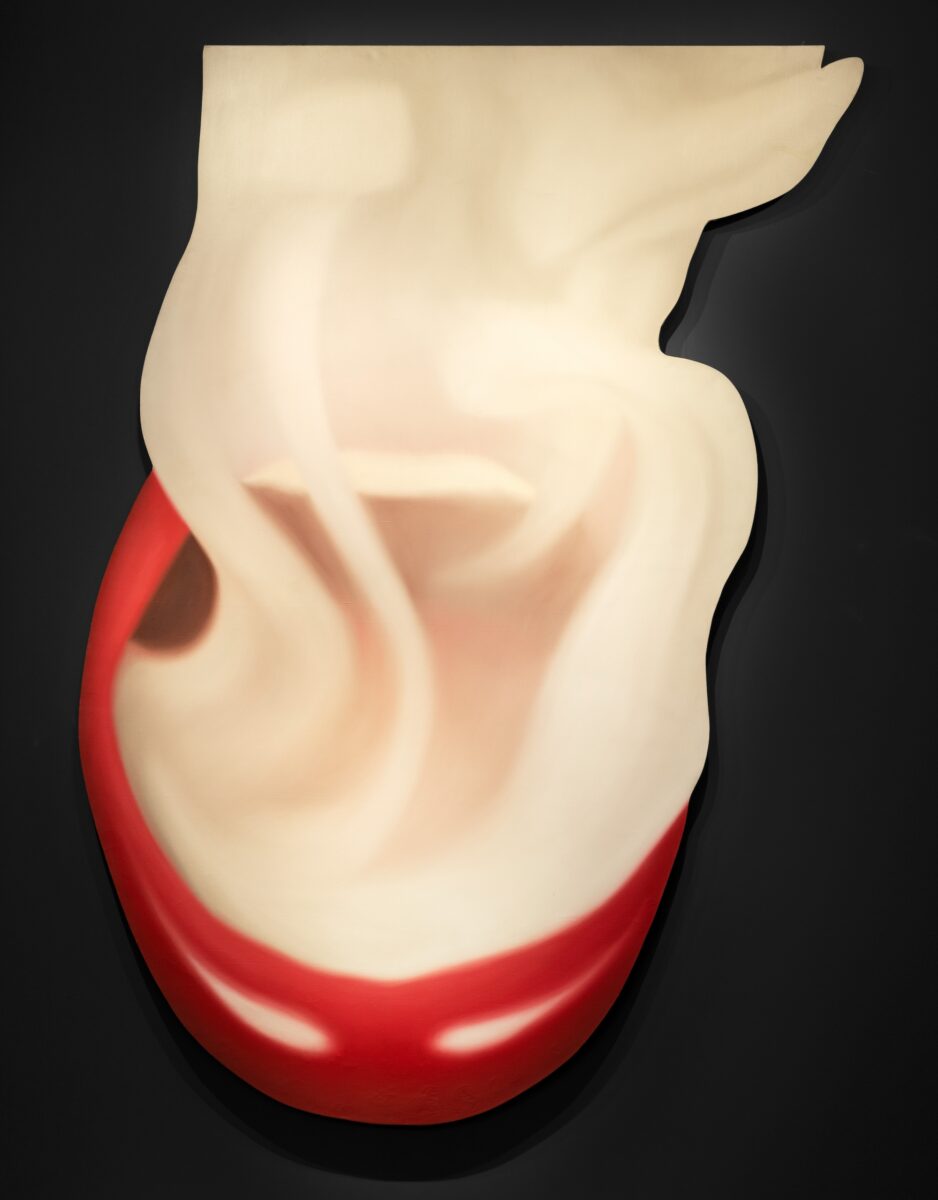
On the second floor, Gallery 9 hosts Wesselmann’s most spectacular works (Smokers), which
some believe are more like theatre sets than paintings (Standing Still Lifes), Gallery 11 is set aside
for art by Mickalene Thomas, whose subjects and the formal result of the building’s most recent
renovations can be construed as a contemporary mirror of the artist’s work.
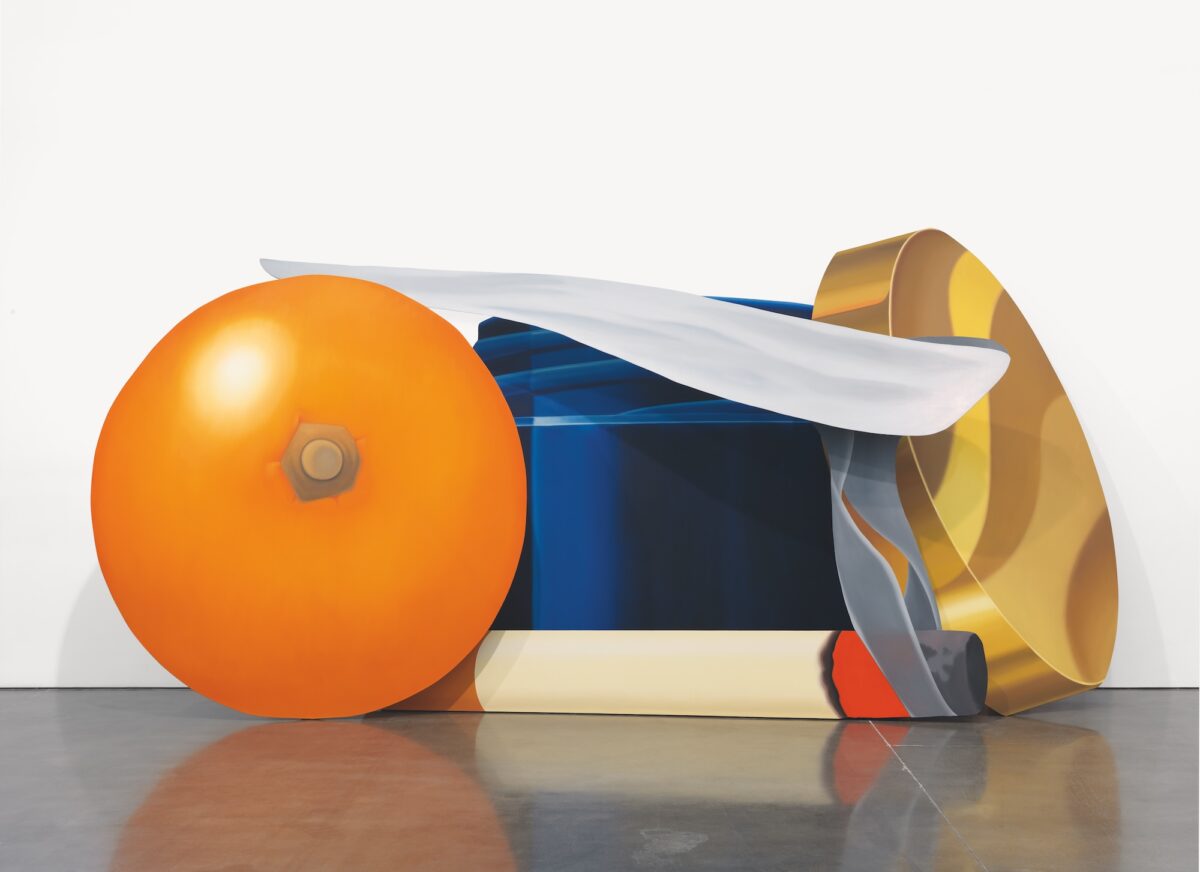
Finally, Gallery 10, the cathedral that closes the exhibition, houses the final movement, with
landscapes, abstract paintings and Sunset Nudes.
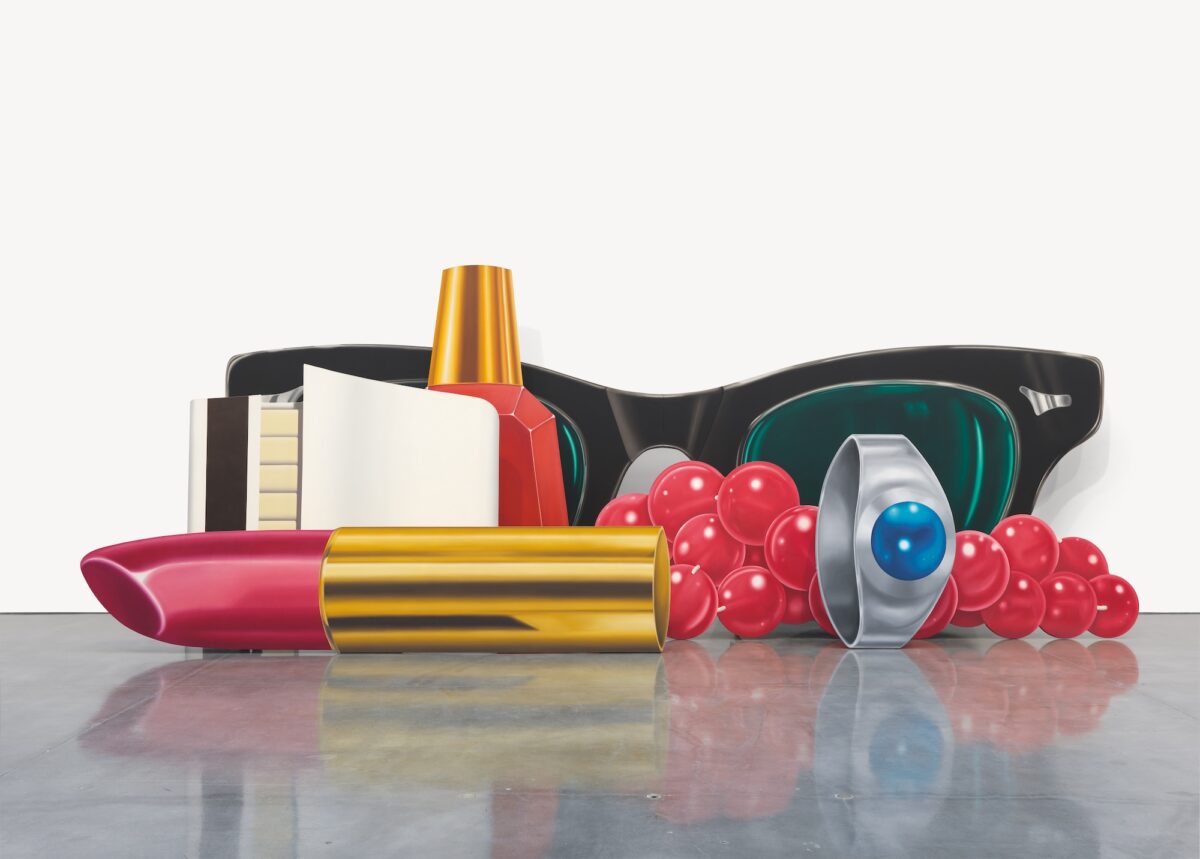
Head curator Suzanne Pagé, Artistic Director of the Fondation Louis Vuitton, Curators of the exhibition Dieter Buchhart, Anna Karina Hofbauer assisted by Tatjana Andrea Borodin Associated curator Olivier Michelon, Curator at the Fondation Louis Vuitton assisted by Clotilde Monroe
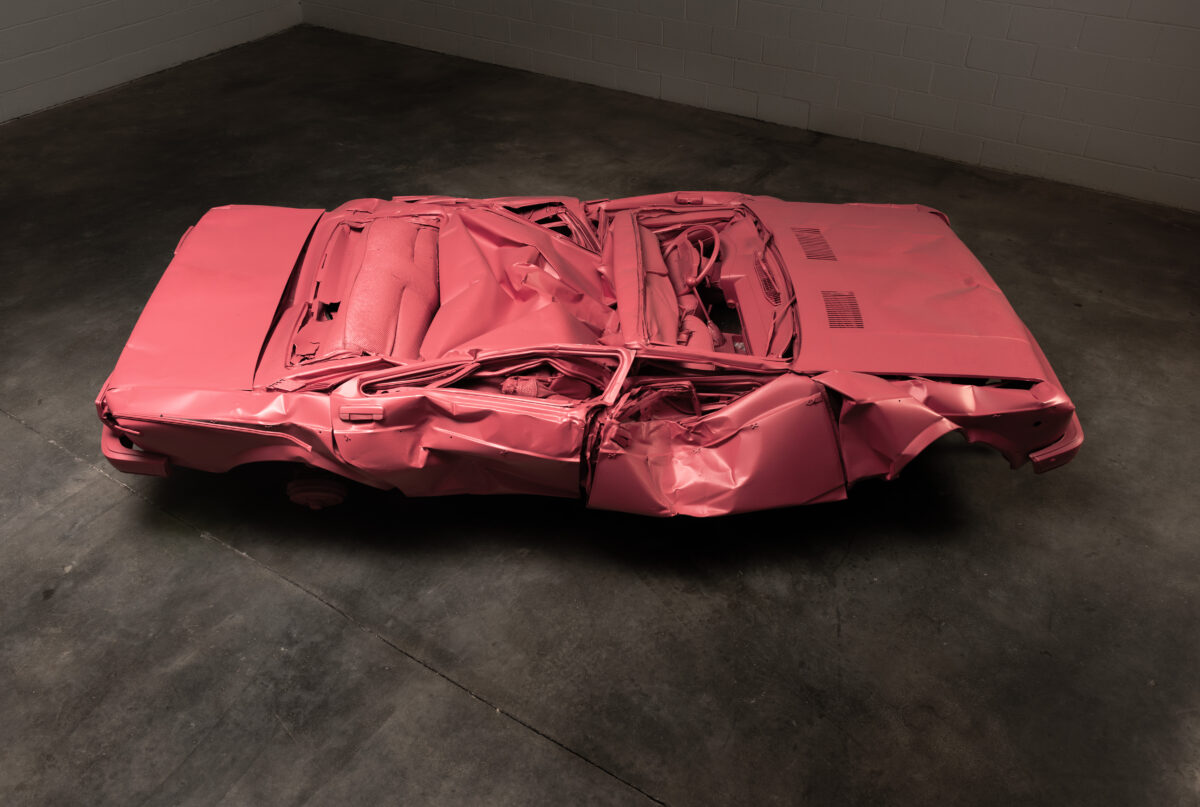
Pop Forever, Tom Wesselmann & … 16th October – 24th February 2025, Fondation Louis Vuitton
The exhibition is supported by the Tom Wesselmann Estate and features loans from international institutions and private collections.
